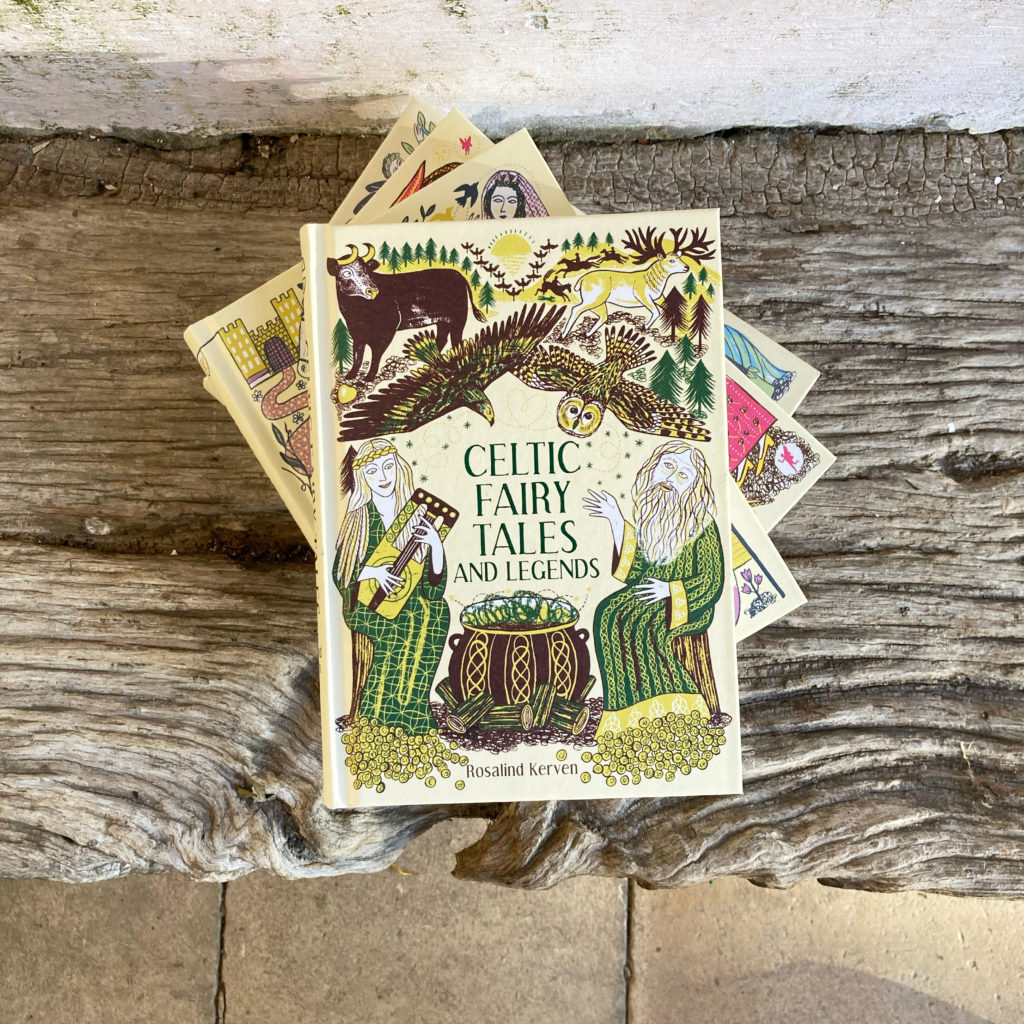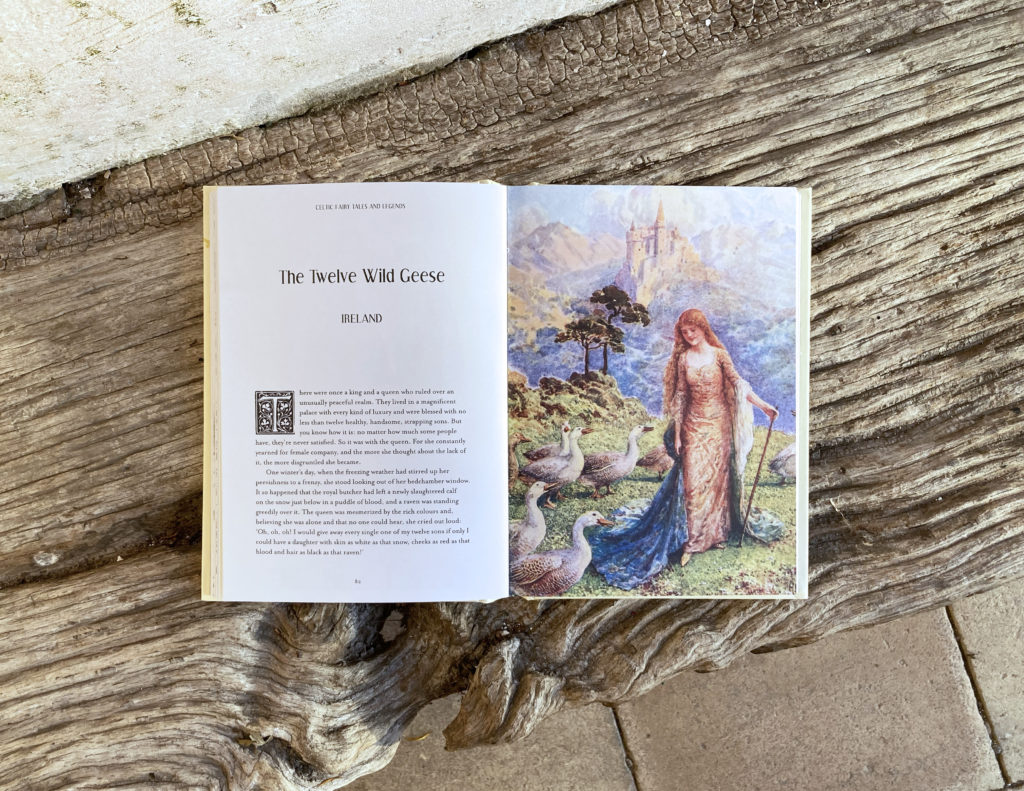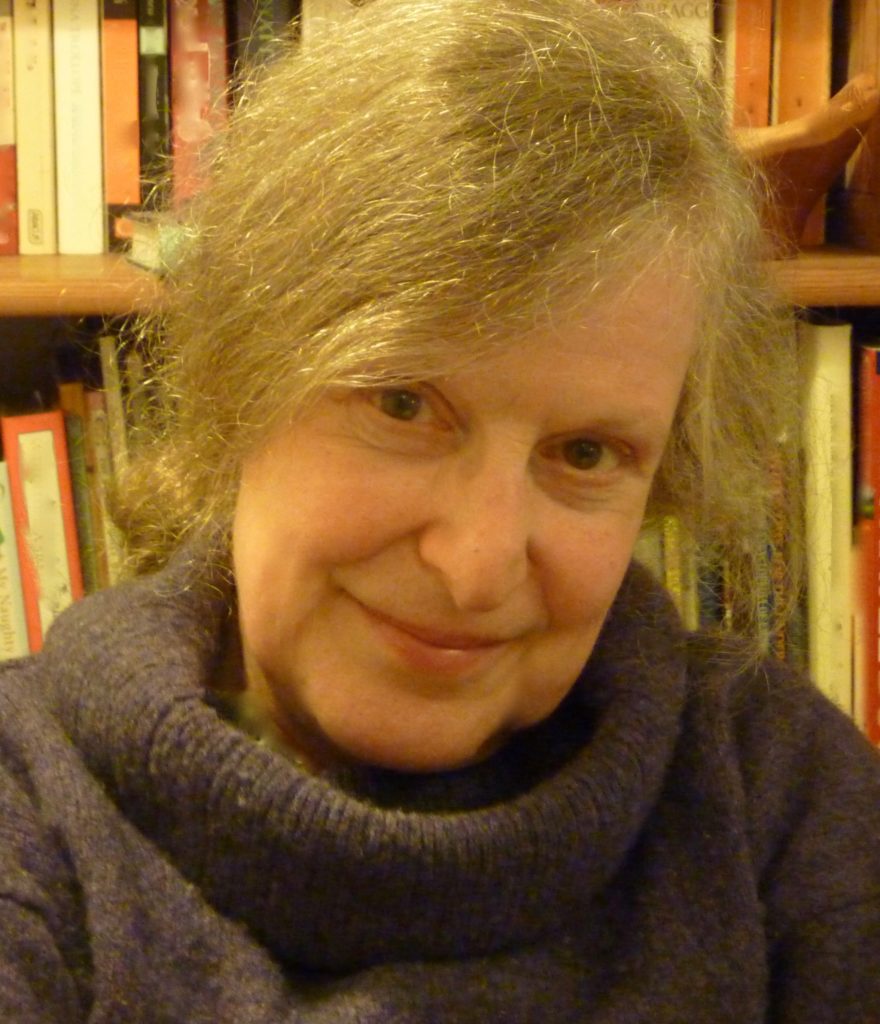FROM the adventures of Finn mac Cumhaill to The Swan Woman, some of the best loved traditional Irish stories are included in a new book of Celtic tales.
Folklore expert Rosalind Kerven has compiled the book, Celtic Fairy Tales and Legends, which features 16 tales which hail from Ireland, Scotland and Wales.
With specialist knowledge of world myths, legends and folk tales, Kerven has published more than 70 books in 22 countries to date, and claims it is her love of traditional stories that inspires her to share them with others.
“Inspiration is constantly threading itself in and out of my head,” she told The Irish Post.
“It’s traditional stories that really interest me, rather than folklore in general,” she added.
“Each country and culture has its own treasury of ancient tales and it’s so exciting to explore them all,” Kerven explains.
“Interestingly, some themes and ingredients of folk tales are very similar all over the world; yet each country also has its own unique flavours and characters.
“It’s like going on a lifetime journey through human creative imagination, without all the effort of physically travelling.”
 Celtic Fairy Tales and Legends by Rosalind Kerven is now available
Celtic Fairy Tales and Legends by Rosalind Kerven is now availableWhile not all of her books are about traditional tales, Kerven has particular insight on this form of storytelling and how one defines a myth, legend and a fairy tale.
“Traditional tales are part of the shared heritage of any national, ethnic or cultural community – found in virtually every kind of society everywhere,” she explains.
“They have no identifiable original authors, but are the products of countless different retellers – who may have reworked, developed and substantially changed them over hundreds or even thousands of years.
“They were originally passed down orally – and oral storytelling is currently enjoying a great revival – before being written down and preserved in books.”
She adds: “Generally speaking, myths are the most serious kind of traditional tale, often explaining the origin of things, and their characters include goddesses, gods and spirits.
“Legends are stories that have grown up around real people or places, greatly embroidered with fantastical detail.
“Folk tales and fairy tales are told for pure entertainment, though they sometimes have a profound moral message underneath.”
 There are six Irish tales within the book
There are six Irish tales within the bookHer latest book includes an exciting mix of all of the above.
So how did she select the stories she has included, and does she have a favourite?
“Firstly, as it’s a book of Celtic tales, it was important to include an equal balance between Ireland, Scotland and Wales,” she admits.
“I then selected a wide variety of plots and characters, to ensure that each story will surprise readers as much as it delights them.
She added: “I love all the stories in the book, each in its own way.”
Kerven has included six tales from Ireland. They are The Swan Woman, Fionn mac Cumhaill, and the Magic Drinking Horn, The Twelve Wild Geese, King Cormac and the Golden Apples, The Merrow’s Song and The Daughter of King Under-wave.
They are just a handful of the countless tales and legends that have come out of Ireland over the centuries, a country which is famed for its storytelling.
So why are the Irish so good at telling tall tales?
“There is a long tradition of storytelling in Ireland – not just orally, but also recording them in writing from the Middle Ages onwards,” Kerven says.
“This means that countless long-forgotten people have worked on the old tales, constantly striving to make them better.
“Oral storytelling in particular is a great way to ensure that a narrative is really compelling – because if it isn’t, your live audience will soon get restless, especially if children are listening too,” she adds.
“Then there’s the subject matter,” Kerven says.
“Who can resist the chance to penetrate the stone 'doors' that dot lonely Irish hillsides for a glimpse inside the sídh – castles of the Otherworld?
“Or to travel deep under the sea to the dangerous country of eels, seals and ‘merrows’?
“Or to experience enchanted golden apples brought straight from the Land of Promise?
“Or to meet the iconic super-hero Finn MacCumhaill and his followers the Fianna, whose warrior skills are complemented by admirable courtesy.”
 Author Rosalind Kerven
Author Rosalind KervenAccording to Kerven, there is synergy between all the Celtic nations in their story-telling techniques.
“All three Celtic nations have a wonderful tradition of storytelling,” the author says.
“And all three have produced numerous brilliant story creators and retellers for countless centuries.”
And she claims all of their stories stand the test of time for one simple reason.
“They are such good stories, with unforgettable characters and plots,” Kerven says.
The important thing now is to preserve them, the author adds.
“Traditional tales are part of world heritage, equally -or maybe even more - valuable than old buildings or artefacts,” says Kerven
“I believe it’s writers’ – and oral storytellers’ – duty not just to preserve them, but also to bring them back to life in ways that excite each new generation, whilst preserving all the key elements of the originals,” she adds.
Celtic Fairy Tales and Legends, published by Batsford, costs £14.99. It can be purchased here, on Amazon and in all good bookshops.
For more information about Rosalind Kerven click here.

